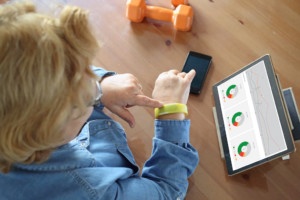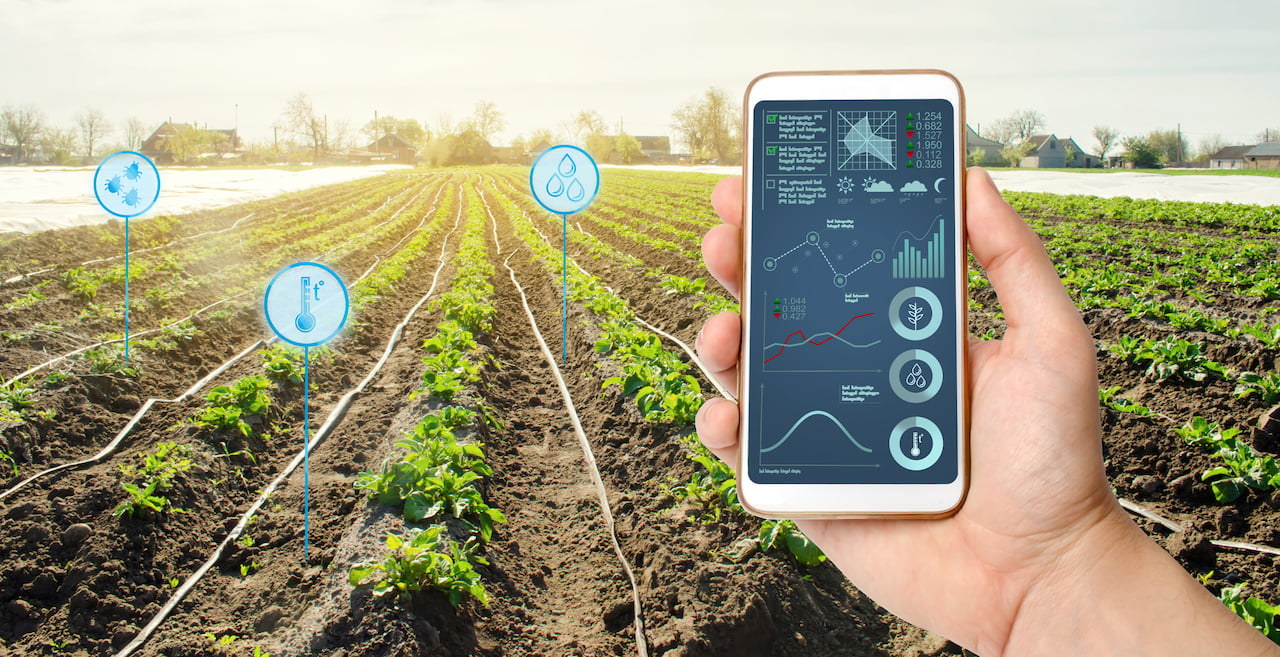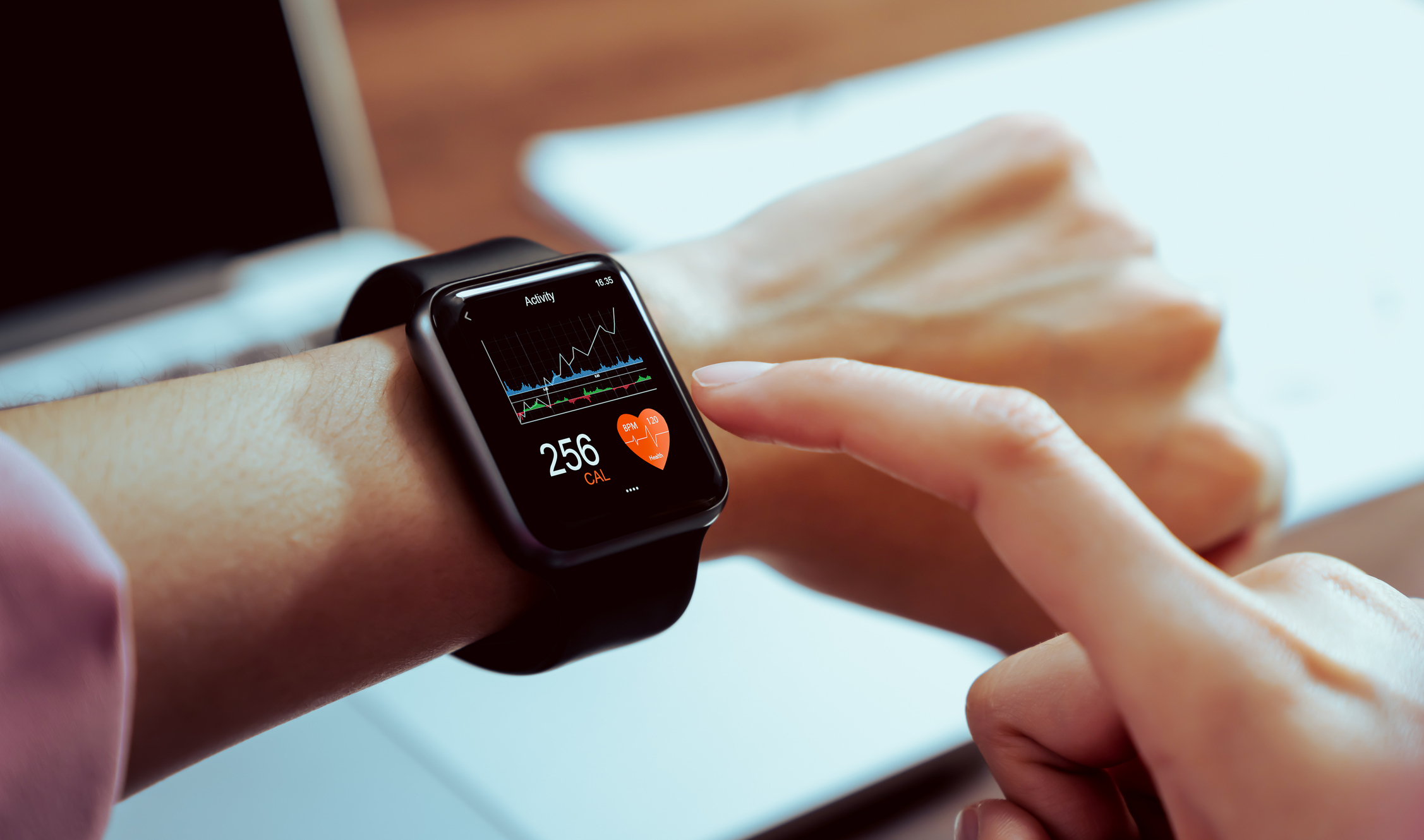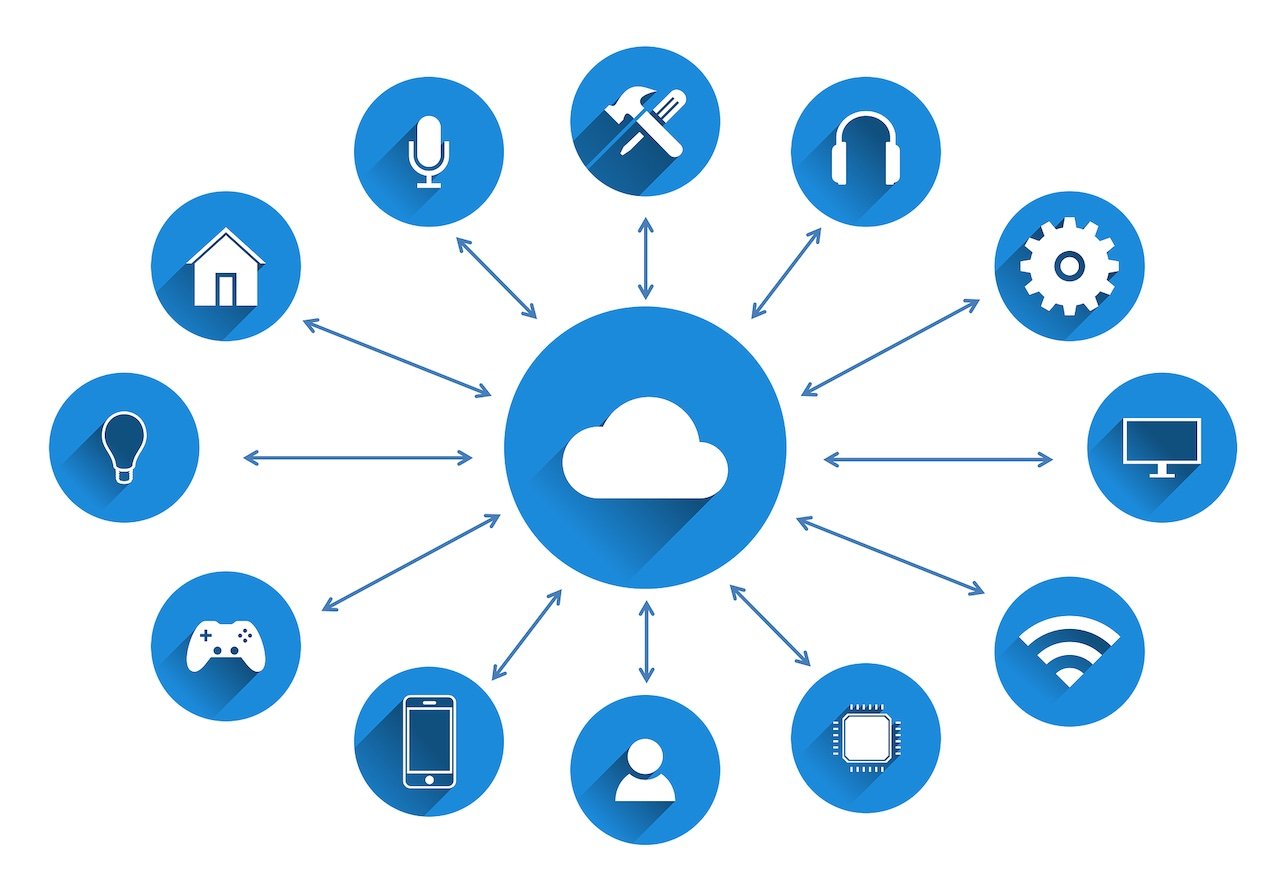- December 2025 (1)
- November 2025 (2)
- October 2025 (3)
- September 2025 (3)
- August 2025 (3)
- July 2025 (2)
- June 2025 (3)
- May 2025 (3)
- April 2025 (3)
- March 2025 (2)
- February 2025 (1)
- December 2024 (2)
- November 2024 (1)
- August 2024 (2)
- June 2024 (3)
- May 2024 (3)
- April 2024 (1)
- March 2024 (3)
- February 2024 (2)
- January 2024 (2)
- December 2023 (1)
- November 2023 (2)
- October 2023 (2)
- September 2023 (1)
- August 2023 (1)
- July 2023 (2)
- June 2023 (3)
- May 2023 (2)
- March 2023 (4)
- January 2023 (2)
- November 2022 (2)
- September 2022 (1)
- August 2022 (2)
- July 2022 (2)
- June 2022 (1)
- May 2022 (1)
- April 2022 (3)
- March 2022 (1)
- February 2022 (3)
- January 2022 (2)
- December 2021 (1)
- November 2021 (1)
- October 2021 (2)
- September 2021 (3)
- August 2021 (1)
- July 2021 (3)
- May 2021 (2)
- April 2021 (2)
- March 2021 (2)
- February 2021 (3)
- January 2021 (3)
- December 2020 (1)
- October 2020 (1)
- August 2020 (1)
- August 2019 (1)
- January 2019 (2)
- September 2018 (5)
- June 2018 (1)
- November 2017 (1)
- September 2017 (1)
- July 2017 (1)
- May 2017 (1)
- January 2017 (1)
- October 2016 (2)
- August 2016 (1)
- July 2016 (1)
- June 2016 (1)
Subscribe by email
Internet-enabled devices, especially in the medical field, can have specific requirements that may not apply to traditional products. Looking forward 10 years from now, everyone may take their connected medical devices for granted, as you do when you consult your smart watch today. But before ubiquity and even design iteration comes standards, and standards develop out of careful analysis of the challenges and sensitivities of a market.
Today, the medical device industry, as well as nearly all other sectors, is in the process of defining exactly how the Internet of Things (IoT) will work - the healthcare applications, the business models, the economic impact, etc. Regardless of the functions, features and benefits of the connected medical devices your company plans to develop, your products must adhere to standards that are:
- Technologically feasible
- Easily updated with new software and firmware over the air (OTA)
- Intuitive for users – whether that is a patient, caregiver, or medical staff
- Advantageous over current procedures and technologies – i.e. is there even a need?
- Meets the standards for HIPAA and other applicable user/patient protections
The Next Smartphone?
In other words, think of your connected medical device as the next smartphone — easy to acquire, easy to use and valuable to its users. That’s your goal: to develop a device that’s nearly as ubiquitous as the smartphone is today that becomes a medical necessity tomorrow. To get there, consider these five things during your design and development phases:
- Deliver value to users, now or in the future
- Use existing infrastructure and best practices
- Enable big data analysis for future refinements
- Design an intuitive patient experience
- Ensure secure data storage and transmission
- Deliver Value to Users
The space is wide open for connected medical devices that empower patients to better manage their health or professionals to manage their patients and keep them independent. As technology advances and costs drop, it becomes possible not only to measure medically necessary biological functions — such as temperature, heart rate and blood pressure — but also collect, store and transmit that data for real-time analysis or action as part of team-based care. As a digital/connected health entrepreneur, your device must serve one of two purposes:
- Help improve lives and outcomes now
- Provide data that can enable this improvement in the future
No matter what industry you serve — medical, pharmaceutical or bio-research — you can leverage the power of the Internet to collect, access and/or share real-time information to enable better decision making. Keep your goal firmly in mind: improving health outcomes, either directly or by assisting healthcare professionals to provide patients with better access to care and better quality of care.
Discover ways of delivering lifesaving data where it’s needed, fast.
- Use Existing Cloud Infrastructure
The cloud-based infrastructure that enables IoT also functions as its mechanism for growth and system improvement. With wireless connectivity, your devices can establish a two-way communication to the cloud that provides seamless updates (like security improvements) and enables necessary alerts to patient care teams. A cloud-based strategy can help you scale your business and provides your device the ability to integrate into various other digital systems like EHR systems.
And, when critical information needs to be delivered in real time, don’t start development from scratch. Find the best options available and build off them. Zipit, itself a pioneer in the IoT space, offers a platform and other technologies to enable important clinical messaging, ensure data security, and reduce time to device trials and ultimately, time to market.
- Enable Big Data Analysis
 Gather data for analysis and to enable lifestyle change
Gather data for analysis and to enable lifestyle change
The future of connected medical devices will yield an enormous amount of data. Aggregated, this information can teach the medical field — including doctors and researchers — about the best ways and times to deliver medical attention. IBM's Watson Health system is just one example of the efforts to collect and even more importantly, make sense of, data in order to make better clinical decisions.
As long as your company respects the privacy of your end-user patients (see point #5 below), your business can collect and collate the medical data from your devices.
Back-end data analysis can, in the long run, save additional lives, improve processes, and lower healthcare costs. Your own company may help lead the charge.
- Design an Intuitive Experience
One reason modern smartphones are ubiquitous is their emphasis on ease of use. Ordering cars and communicating with the world is a simple button tap away. If the user experience of your connected medical device is too cumbersome or complex, it won’t be adopted on a large scale. Use existing, intuitive technology to make your application seamless for day-to-day operations for everyone involved — from patients and doctors to your analysts and engineers.
If your device can’t be used easily, it won’t be used at all. To accelerate your product development time and create user-friendly functionality from the get-go, you may want to consider leveraging a market-proven IoT platform for connected medical devices - which would provide the necessary pieces for connectivity, device management, and security. Later down the road, usability research and usability testing can also help to ensure that your device finds a place in the increasingly competitive digital health marketplace.
- Ensure Secure Data
No matter how you collect, store or transmit medical data, it must comply with HIPAA laws and other protected health information (PHI) regulations.
Regardless how many benefits your device may bring, if it cannot protect the PHI of end-user patients, it cannot succeed. Fortunately, you’re not alone in this concern. Others have devised ways to deliver HIPAA-compliant information while also integrating innovative Health IT products with legacy systems. Leverage those.
By reliably and securely delivering real-time data to doctors, patients or emergency personnel, your connected medical devices can offer distinct solutions that remove business inefficiencies, improve team collaboration and ultimately make an impact on people’s health.
And those are goals worth pursuing.
Related Content
The latest IoT insights and platform updates from Zipit.
The Internet of Things (IoT) has transformed industries by creating a network of i...
Device provisioning is often compared to setting up a mobile phone, but getting an...
Deploying an IoT solution brings significant value to businesses, but it also intr...



